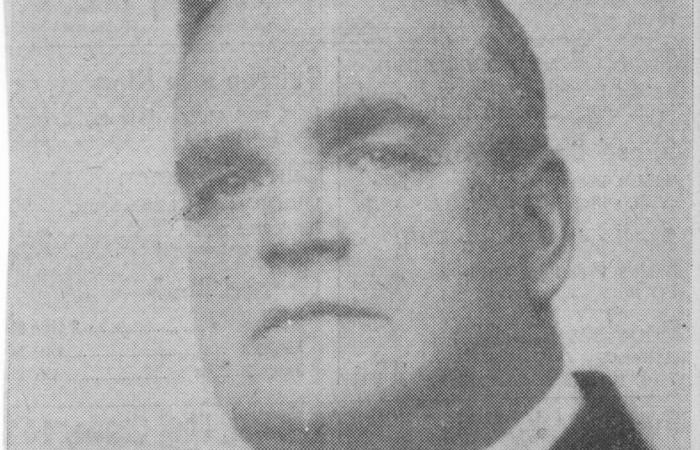On March 13 of 2022, we performed the semi-annual ritual we both love and hate. We changed our clocks an hour. Hopefully, you changed all the clocks in the house ahead one hour to make them Daylight Saving Time. And you hit the sack an hour earlier as well to catch up on that hour of sleep you lost, right? You may ask yourself what all this fuss and bother is over one hour? Can’t we keep the same time all year round? Maybe Saskatchewan has a better idea. In that province, they don’t actually change the time from Standard to Daylight Saving. They just change the name. However, back in the early 1900s, changing the clocks an hour was a big deal. As it turns out, we may have to shoulder some of the blame for the change.
DST comes to town
The first country to introduce Daylight Saving Time is thought to be Germany in 1916. Canada inaugurated DST in 1918. But Port Arthur and Fort William (now Thunder Bay) had gone their own way years before. The two cities first started making the Spring time shift back in 1908. It all came about when John Hewitson, a prominent Port Arthur businessman, wanted to have an extra hour of summer sun to enjoy. He petitioned both city councils. Back then, Port Arthur and Fort William were on Central Time. Hewitson suggested they adjust the clocks ahead one hour to Eastern Time in the summer months and switch back in the fall. He maintained the extra hour of daylight would bolster recreational activities. Both the cities agreed. On May 1 of 1908 they changed the clocks and sprang ahead. But it had to be made official. Two years later, the Province of Ontario allowed the twin cities to permanently stay on Eastern Time. This meant that sunset would occur in Thunder Bay a full hour later than in Toronto in the summer months. During the winter, the daylight would only be about 30 extra minutes. However, every extra minute of sun counts at that time of year. That’s good for evening people like Hewitson. As far as the Englishman William Willet was concerned, an hour of summer daylight was wasted every morning. He was a morning person. Willet proposed in 1914, that clocks should be set ahead one hour in the Spring to take advantage of the early sunrise. Then set them back in the Autumn when the sun rises later in the morning. In his case, he cited Fort William’s and Port Arthur’s change to DST. This created a problem for Fort William and Port Arthur. Willet’s proposal would make a two hour change for the Lakehead. Even though changing to Eastern time was well received by the twin cities, there were some issues along the way. One thing is of note here. Daylight Saving Time in Thunder Bay did not turn out to be quite what William Willet had envisaged, but the end result was the same.
Double DST
During World War II, Daylight Saving Time was instated by the federal government to save money. The twin cities expected to find themselves once more on double DST. The cities protested. Fort William voted to not reset the clocks pending a change back to Central Standard Time. The Port Arthur Shipyards complained as well. They said that the two hour shift would slow down the production of warships, due to the absence of sunlight at the beginning of each workday. A compromise was reached with Fort William and Port Arthur. They agreeing to keep DST until the end of the war years. During the 1965 election, Daylight Saving Time came to the fore again. Plebiscites in both cities produced different results. Port Arthur voted in favour of going on DST and Fort William did not. Since confusion and chaos might erupt if the two cities were on different times, Port Arthur agreed to do nothing. Once again, the cities were out of sync with Ontario and the rest of the country. In 1970, the new city of Thunder Bay, at the request of Air Canada, agreed to participate in DST for a trial period of three years. In 1972, another plebiscite gave an overwhelming endorsement to the continuation of Daylight Saving Time. After 62 years, the issue of changing our clocks was finally laid to rest. Or was it?
This longstanding issue can still be heard. Should we stop changing our clocks twice a year? Do we just use one time, or two? If we adopt to go with only one, which time should it be? Should we go back on Central Time, or stay on Eastern? It’s a timely issue, to say the least. And a matter that will be debated for years.





